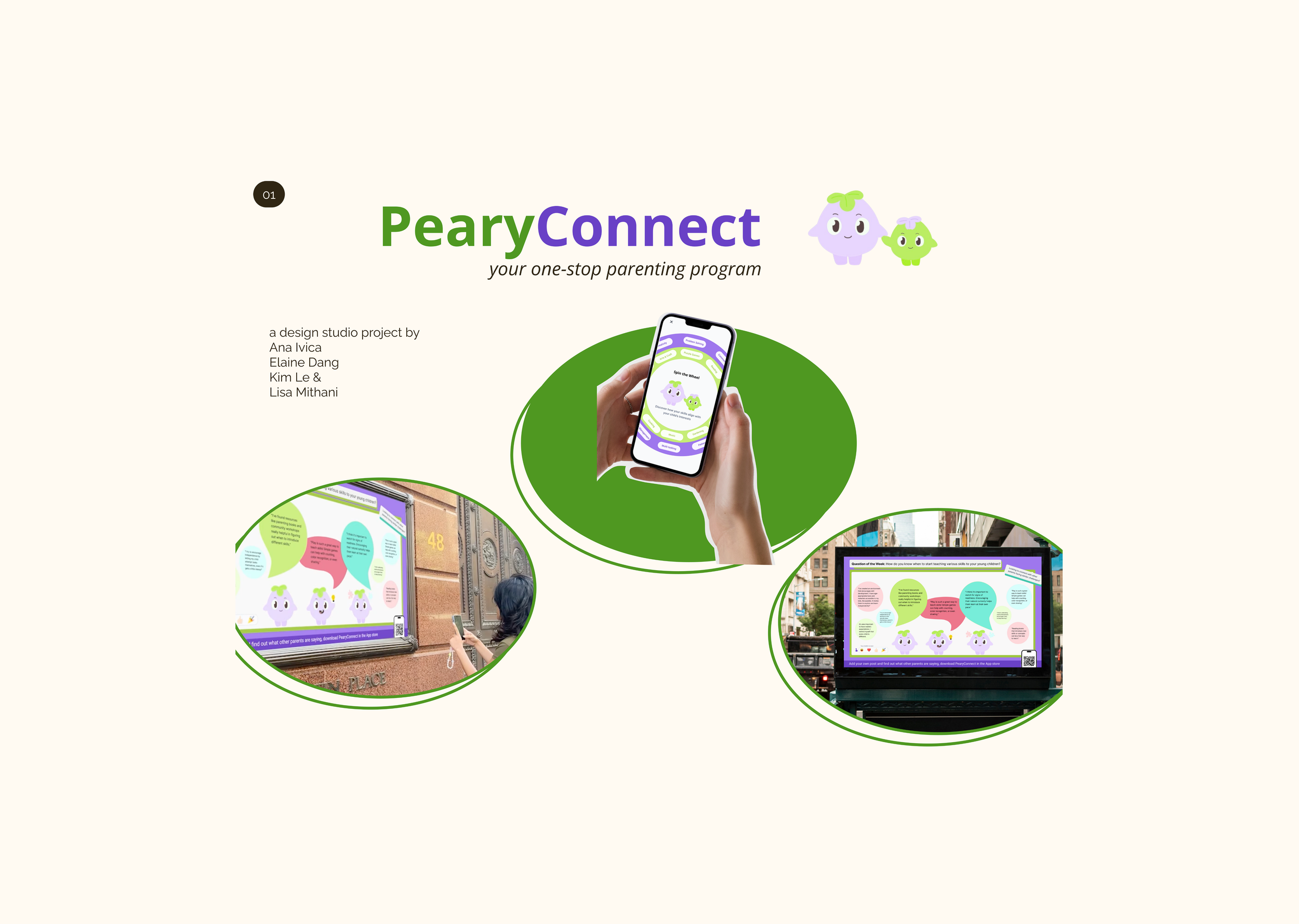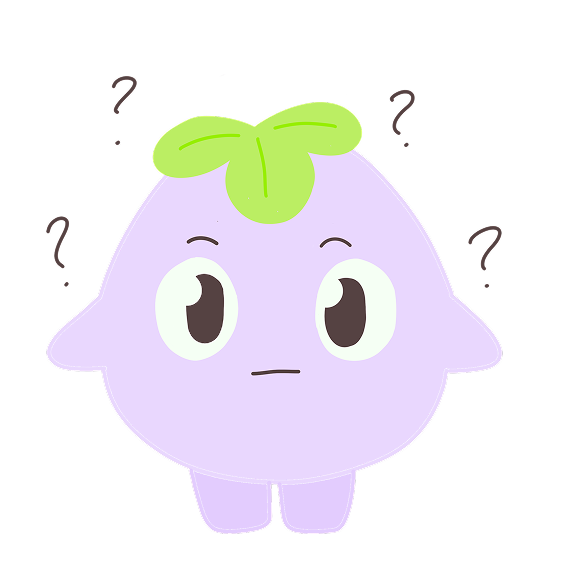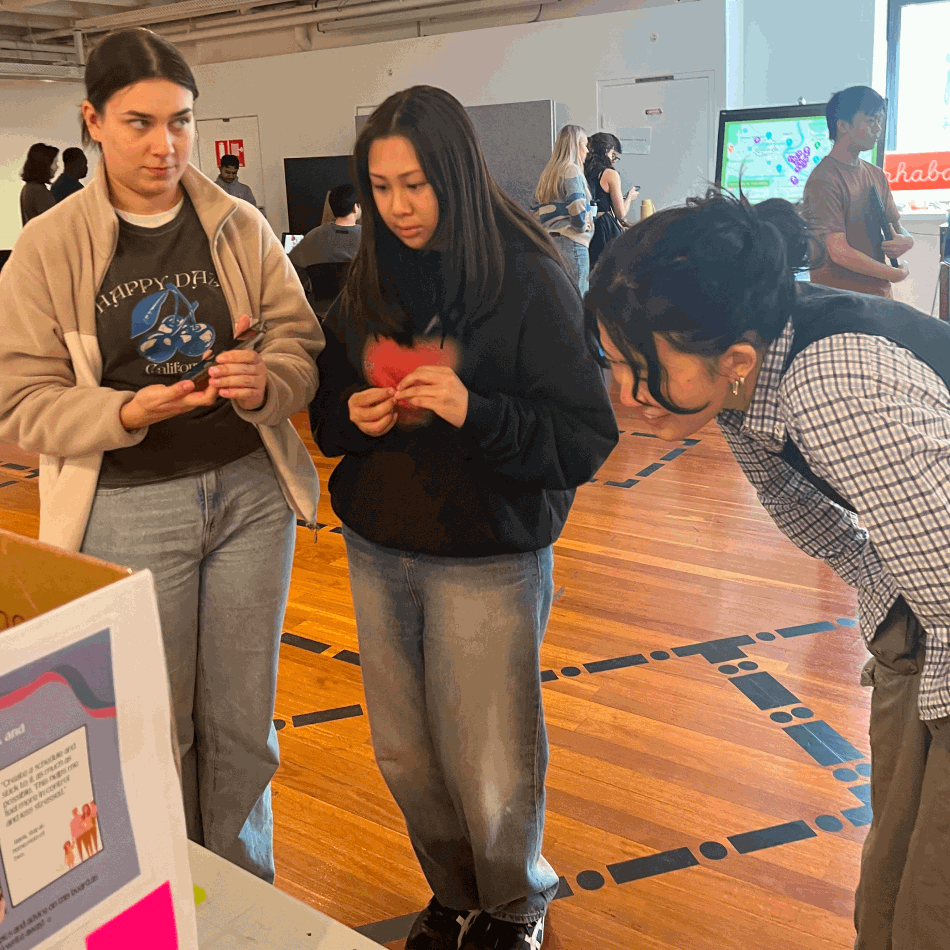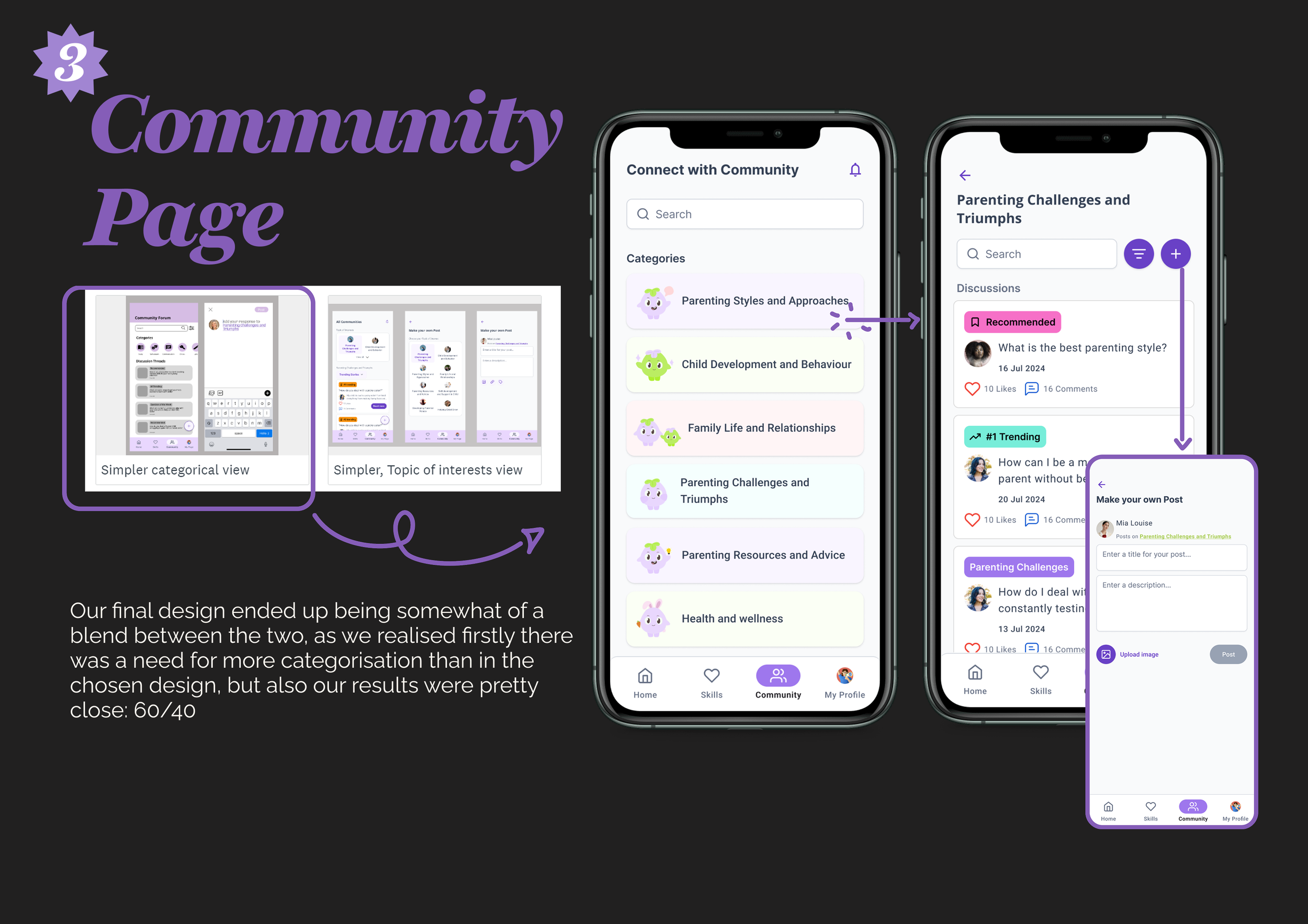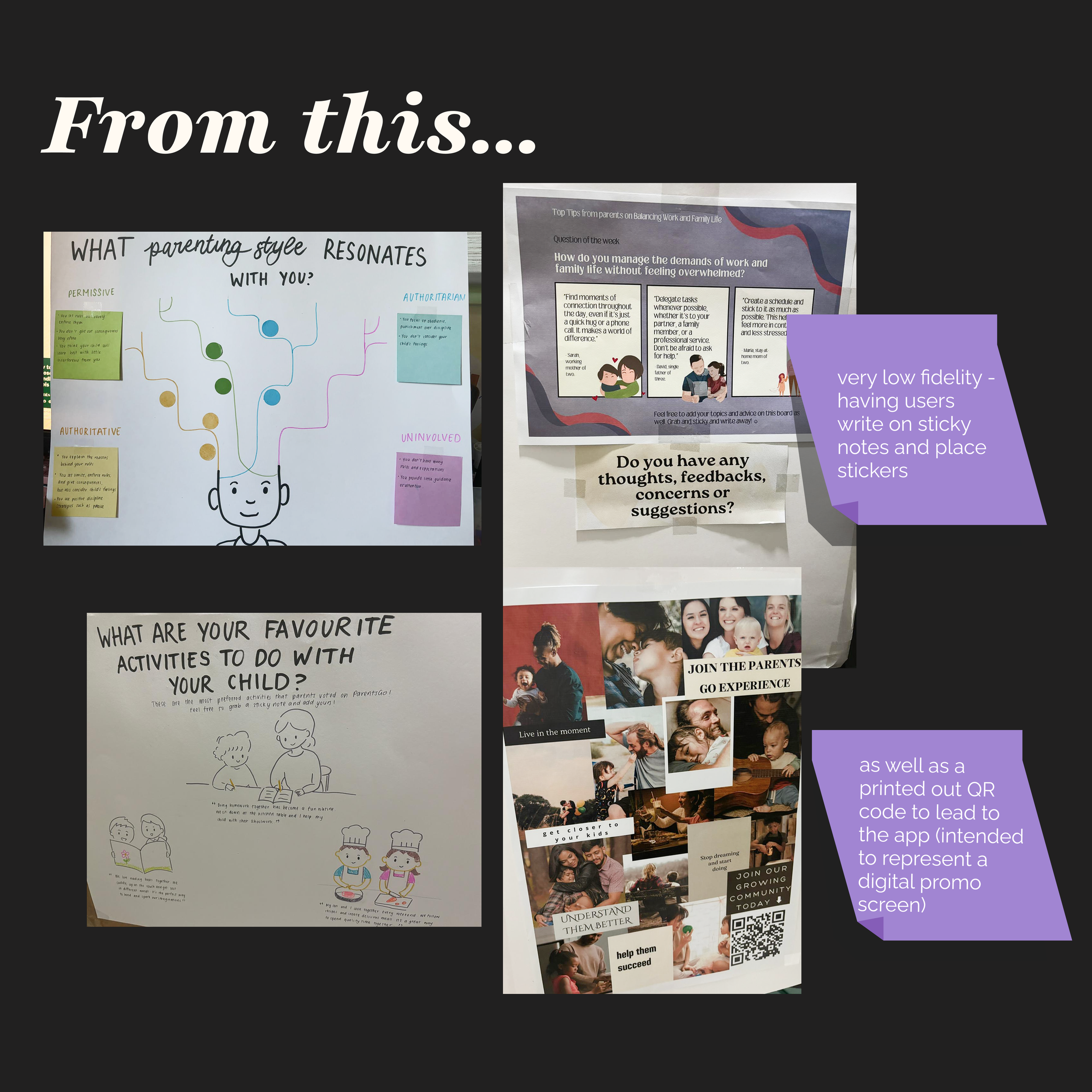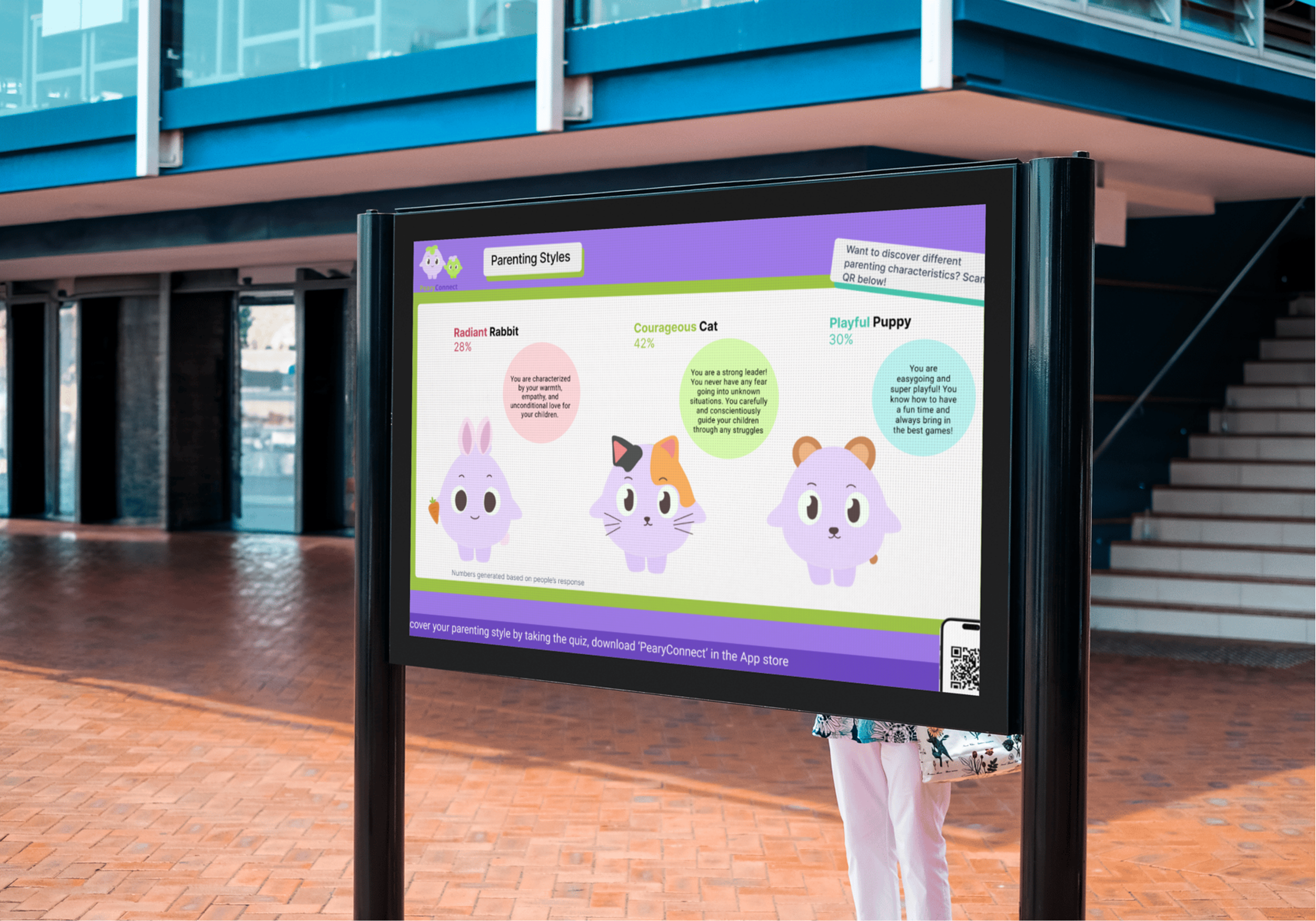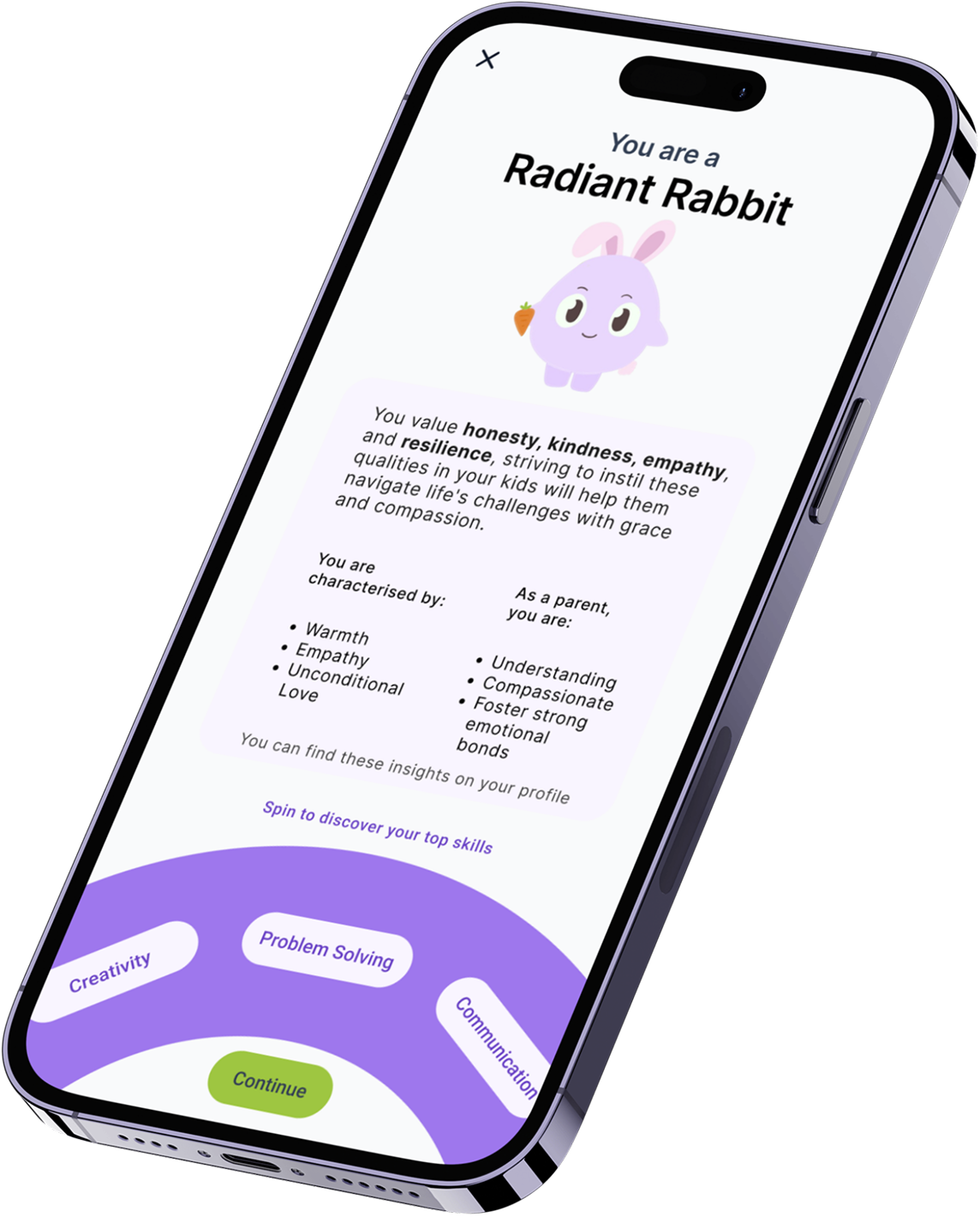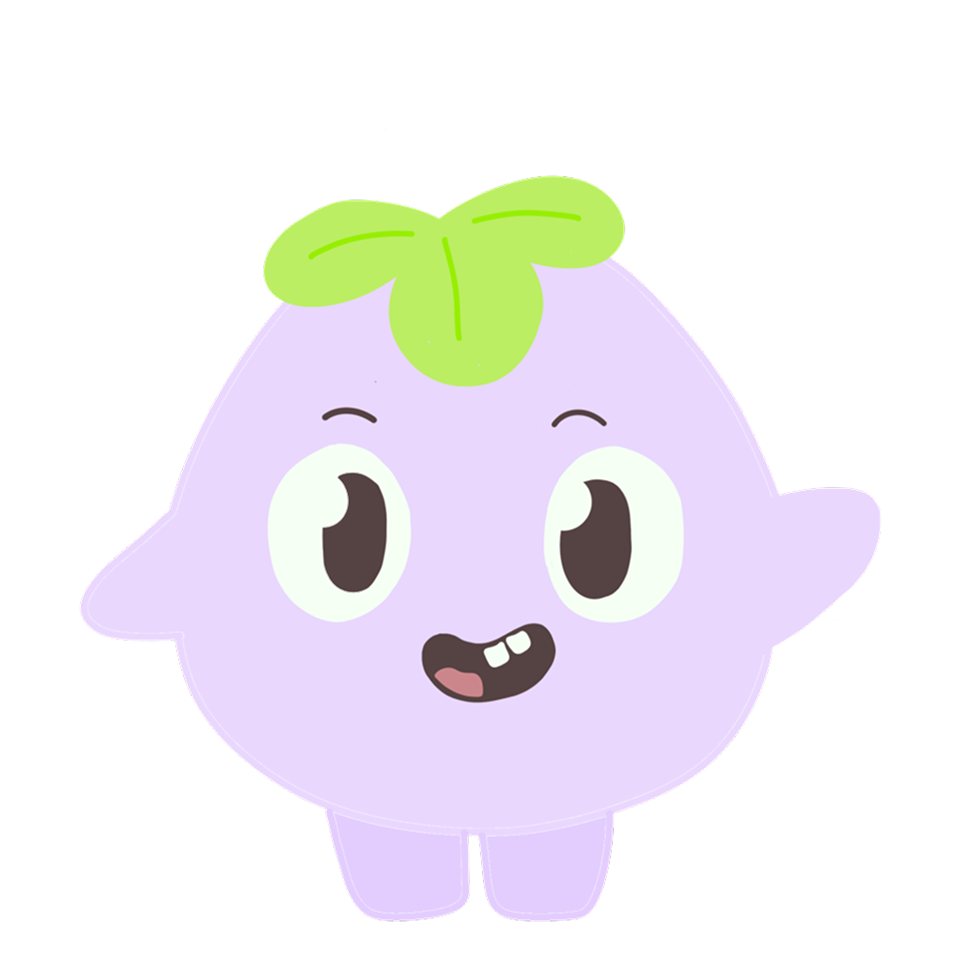Who are we?
Parents play a large role in the development of their child. However, most parents, especially new ones, don’t know where to start.
PearyConnect is a combination of UX and UI design with the intent to connect parents with a community to assist them in teaching their children important life skills.
PearyConnect lets the intimidated parents know they are not alone. There is a greater community out there willing to provide tried and actionable advice, structured by the research and services of PearyConnect’s platform.
Why?
How might we…?
Why is this project important? We took what we knew of the issue of our background research into SDG4 and found a gap in the market.
Parents play an important role in adolescent development, but often they aren’t aware of their influence or where to start
Bring Parents and Children closer by bridging the gap between the current and ideal state?
By Understanding Parental Motivations and Challenges and Exploring Children's Needs and Interests --> in a way that cultivates a positive learning environment fostering both academic and personal growth.
Discover
Background Research
We conducted a literature review, market analysis and user research. This consisted of:
surveying 62 people of wide demographics,
interviewing 14 people,
conducting an online ethnography of parent chat forums and social media
running a focus group with 3 university students reflecting on how their parents impacted their childhood education.
My own contribution was heavily in the market analysis, where I was able to quickly understand the features of existing platforms and products in childhood and parental education and analyse their pro’s and con’s.
As well as the online ethnography, finding nuanced opinions and strategically analysing existing and found data of the online parenting landscape
Define
Affinity Diagram
We gathered our survey and interview data and developed an affinity diagram to uncover:
insights
main themes
user needs
sub-themes
This assisted with refining the data to develop nuanced insights and emerging themes - to help better understand our target audience’s goals as well as frustrations
We Developed 6 Key Insights…
As well as personas…
This helped us better understand and contextualise our solution through the ideation stage

This led to the development of our problem statement:
How can we effectively make parents aware of their impact on their child’s development, to help them be equipped to connect with and teach their child soft skills?
Develop
User Testing Fair:
We developed 2 low-mid fidelity prototypes:
Interactive wireframes on Figma - app
Physical cardboard with sticky notes/pens/QR code/stickers - mural
And, we had a total of 7 people (roughly 15-20 minutes each) tutors and students participate in user testing where we deployed methods of:
Role-playing
Experience prototyping
Post-Experience Interviews
System Usability Status Survey
My contribution was for task 2 and 3, where users:
Identify their learning gaps through the quiz
Share their stories and experiences through the QR code on the mural community board
Here I utilised experience prototyping.
This helped us gain significant feedback on the satisfaction, effectiveness, efficiency and utility of our product
We refined our design after the AB test and conducted heuristic evaluations, to further assess the usability, effectiveness and efficiency of our design.
Heuristic Evaluation
We conducted an heuristic evaluation with 6 participants - design experts - to effectively and efficiently identify usability issues against clearly defined criteria.
The severity rating enabled us to prioritise usability problems and solve them in accordance with their level of severity. The heuristics helped in gaining a broader range of views and to assist in detecting gaps in our design that would otherwise go unnoticed, highlighting individual components crucial for the overall user experience.
The end result?
A spatial design and interface that assists in making parents aware of their impact on their child, that they are not alone and helps parents understand their children better to teach them soft skills and participate in activities that aid their development
Deliver

What our transition to the final design looks like
Mural Progression
final design/mockup
developed in spline (from template)
Different parenting styles as cute animals - results from quiz change the numbers
Question of the week with top responses - in-person, users can react to their favourites
Promo / PR Mural side
Conclusion
Throughout the 13 weeks participating in this project, I learnt valuable lessons in teamwork and strengthened my own skill-set and knowledge in user research and prototyping. Analysis and synthesis of data, as well as collaboration and being able to handle (constructive) criticism well, were key skills that not only aided in the completion of this project, but were also heightened because of it.
We all developed a project we became very proud and passionate for, and in that developed something that at least adds to the beginning of addressing the larger issues of SDG4 - Quality Education.

